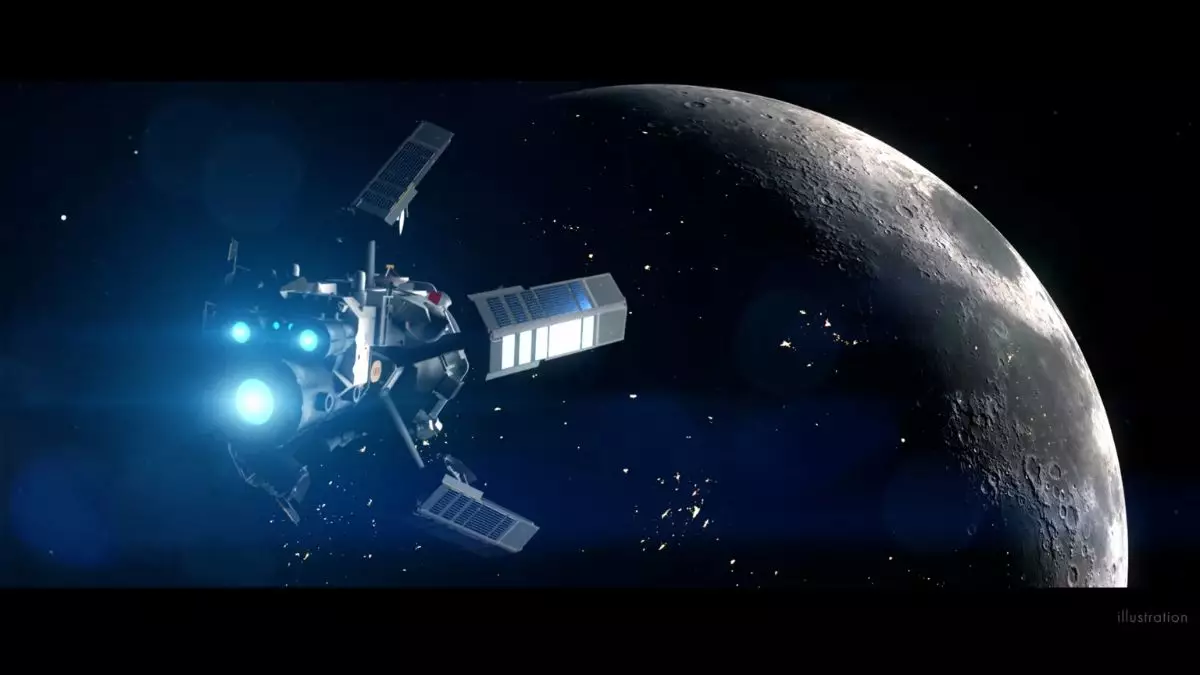In an audacious bid to redefine the future of space travel, UK-based Pulsar Fusion has unveiled its plans for nuclear fusion-powered rockets known as Sunbirds. After a decade of clandestine research, their ambitious presentation at the Space-Comm Expo in London has stirred excitement and skepticism in equal measure. While the prospect of dramatically reduced travel times across the solar system is tantalizing, we need to critically assess both the potential and the hurdles that lie ahead.
A Potentially Game-Changing Technology
Pulsar Fusion’s vision revolves around the Duel Direct Fusion Drive (DDFD) engine, which promises to utilize the fusion of deuterium and helium-3 to create thrust. While the concept sounds revolutionary, the actual execution is fraught with complexity. If the DDFD operates as intended, travel times to Mars could be halved, and journeys to distant Pluto might take a mere four years. However, this tantalizing possibility hinges on a technology that has yet to prove its viability in practical applications. The disparity between ambition and actuality is a critical gap that cannot go overlooked.
Expert Opinions: A Mix of Hope and Doubt
When delving into the realm of space exploration, expert opinions can serve as the compass guiding us through the fog of optimism. MIT’s Paulo Lozano underscores the complexity of mastering fusion for compact systems like rockets, expressing significant reservations about the feasibility of Pulsar’s plan. Conversely, CEO Richard Dinan argues that the vacuum of space simplifies fusion challenges, a claim that is both bold and lacking in substantial backing. The abyss between enthusiasm and realism is alarming, reflecting the delicate balance of hope and skepticism in this field.
The Helium-3 Dilemma
One of the defining challenges confronting Pulsar Fusion is sourcing helium-3, a rare and prohibitively expensive element critical for their fusion process. The idea of mining helium-3 from the Moon presents a potential solution; however, such plans remain dormant. Without a clear strategy for securing this resource, the promising dream of Sunbird rockets risks collapsing under the weight of logistical constraints. It raises an important question — can we feasibly construct a system reliant on a resource that is both costly and limited?
Rethinking Space Budgets with Reusable Rockets
One of the more intriguing aspects of Pulsar’s proposal is the concept of a reusable fleet of Sunbird rockets stationed in orbit, significantly cutting costs for deep-space missions. In an age where government and private funding for space exploration are often contentious, a model that emphasizes sustainability and cost-effectiveness could be a powerful argument for the industry. However, this raises another concern: will the economic viability of these missions overshadow the technological challenges that must first be resolved?
Looking Ahead: Where Do We Go from Here?
In a rapidly evolving arena like aerospace technology, the myriad uncertainties surrounding nuclear fusion rockets compel us to tread cautiously. Pulsar Fusion’s plans may eventually lead to groundbreaking innovations, but the journey remains perilous, and uncharted territories could yield both monumental failures and achievements. As the company transitions from theory to testing, the stakes couldn’t be higher. A revolution in space travel is on the horizon, but it demands a careful, measured approach rather than blind optimism.


Leave a Reply